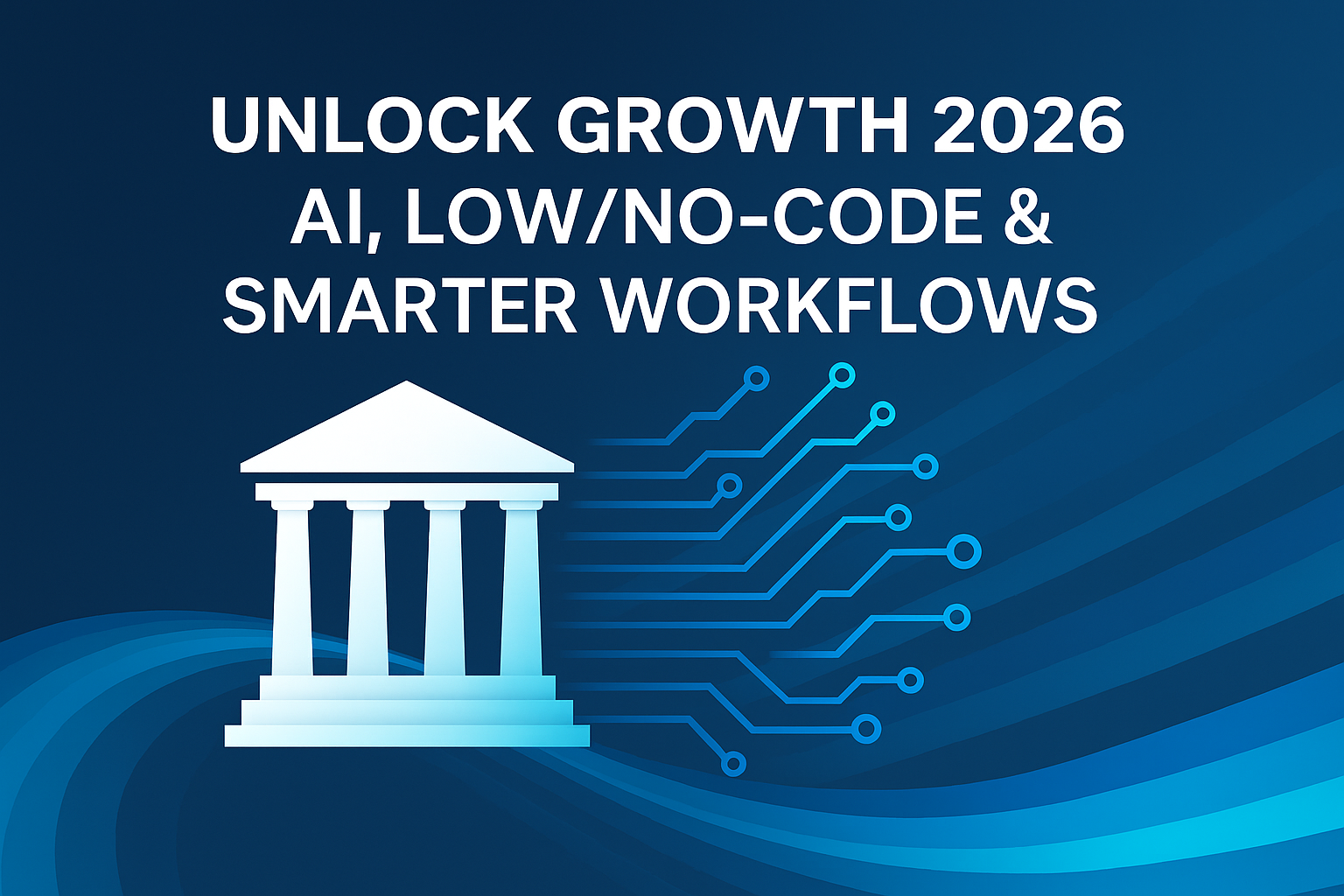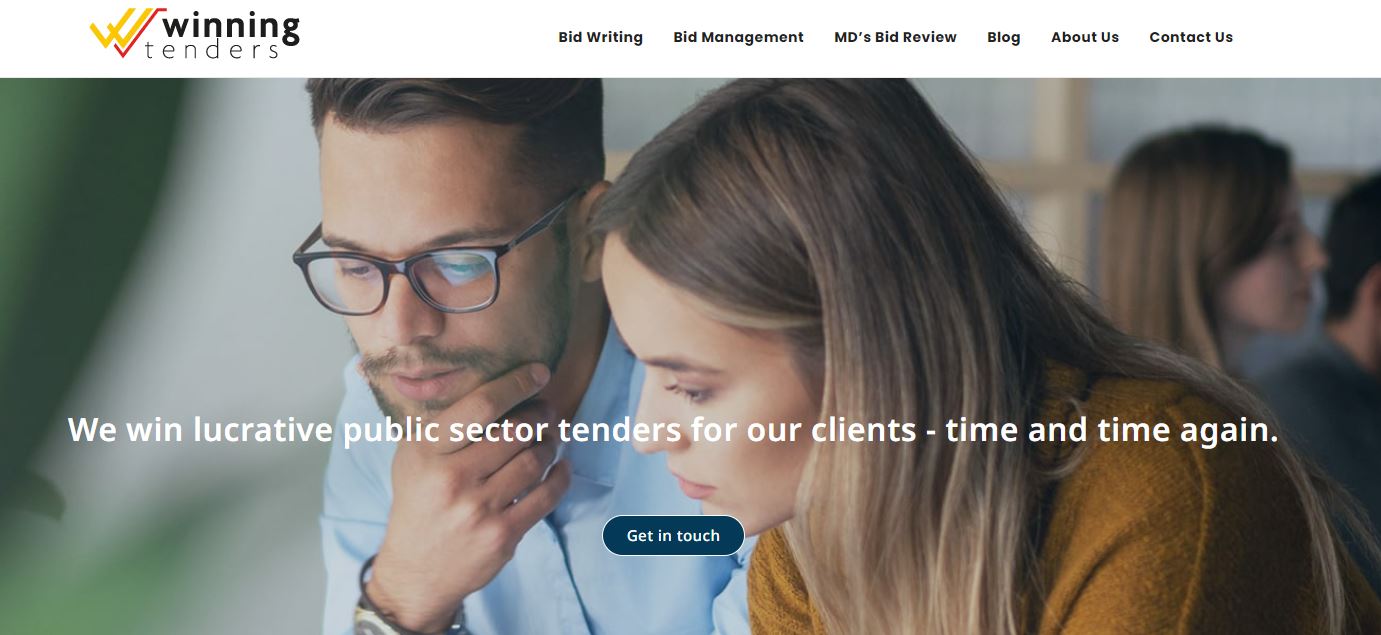Ten top tips on how to win a public sector tender
By Philip Norman, Managing Director at Winning Tenders
We've spoken to many businesses recently who are convinced that SMEs hardly ever win public contracts. The truth is that 25% of public procurement spend is with SMEs and most public contracts are won by SMEs. Plus, in uncertain times the public sector can be a good, solid option.
If you've been unsuccessful with public sector bidding in the past, we thought it would be useful to send you our ten top tips on how to win a tender to help you re-consider.
Here they are:
- Read the instructions and tender specification. Highlight all the areas that demonstrate the buyer’s important factors. These will definitely be the evaluation criteria, (ie. how will they evaluate your response, and set against what?) and probably be key objectives, visions, key themes etc. Determine how they need the response to be completed and when they want it submitted.
- Read each question with your own questions in mind. Why are they asking this? What information are they looking for?
- Raise clarification questions in good time as there will be a clarification deadline. Once it passes, that’s it, no more clarification.
- Present the key benefits of your offering. Don’t be a feature-centric bidder. Your features will mean nothing without you explicitly presenting the benefit. Align the key benefits of your offering to their vision or key objectives. Spell it out.
- Don’t settle for the bare minimum. It will never win. If there are word limits, go as close to them as possible as this represents the importance placed on the question. Expand on your answers, give detail, but don't blag or repeat.
- Keep the language simple. Remember that your intention is to clearly communicate the benefits that your organisation can bring to the contract. Unnecessarily elaborate words will not gain you extra points – if anything they might go against you.
- Write in bite size chunks with a clear heading structure. Use headers that are aligned to their key considerations. Make it easy for them to pick out the salient areas to ensure your response is positively evaluable.
- Where possible, evidence your response with testimonials and stats. Convince the buyer of your organisation’s strengths through experience.
- Have your submission proofread and reviewed by someone who has not been involved in the preparation. A professional, fresh pair of eyes can spot costly mistakes and weak areas and see it from the viewpoint of the evaluator - an incredibly worthy investment.
- Submit on time. Of course!
The public sector is a fantastic foundation to build your business strategy upon, so we recommend that you explore the opportunities, at the very least. Winning Tenders was set up because every viable company, irrespective of size, has the potential to win public contracts. They use their knowledge of the tendering process to help more companies win their fair share of the business.
Please contact Philip if you would like to explore some potential public sector opportunities or have a bid you need help with - call 07944 847014, email philipnorman@winningtenders.com or look him up on LinkedIn.










